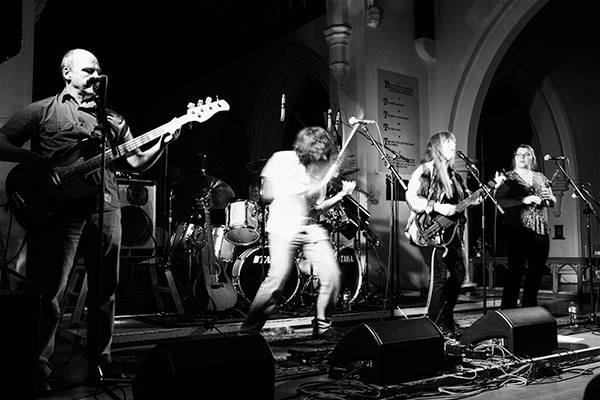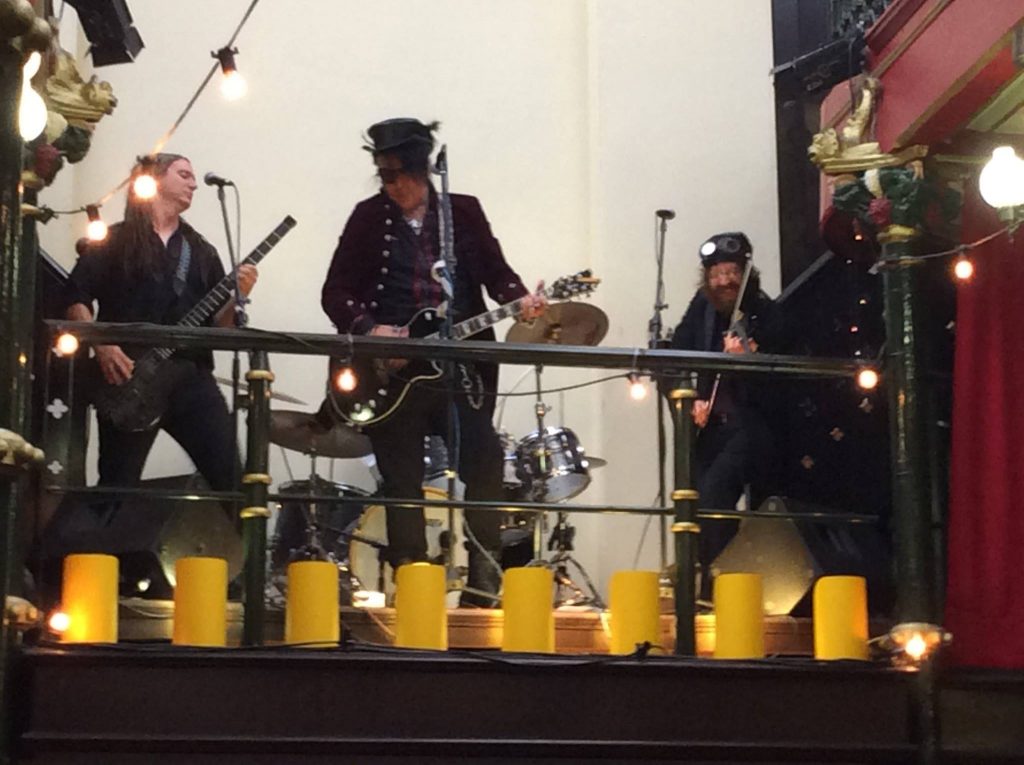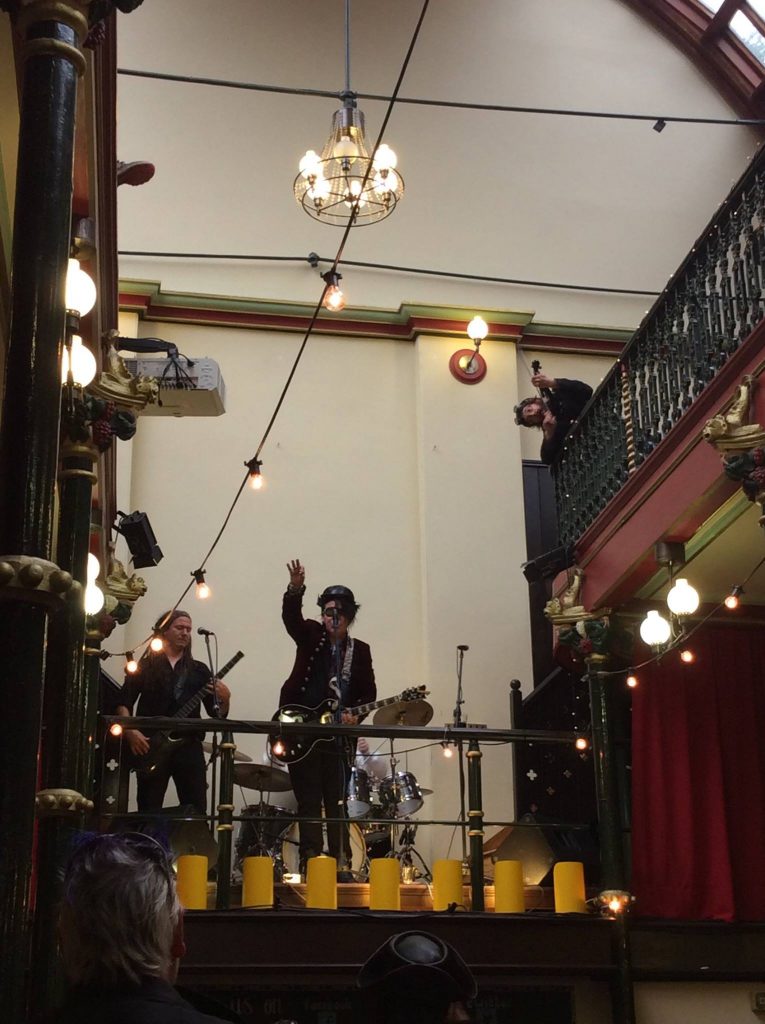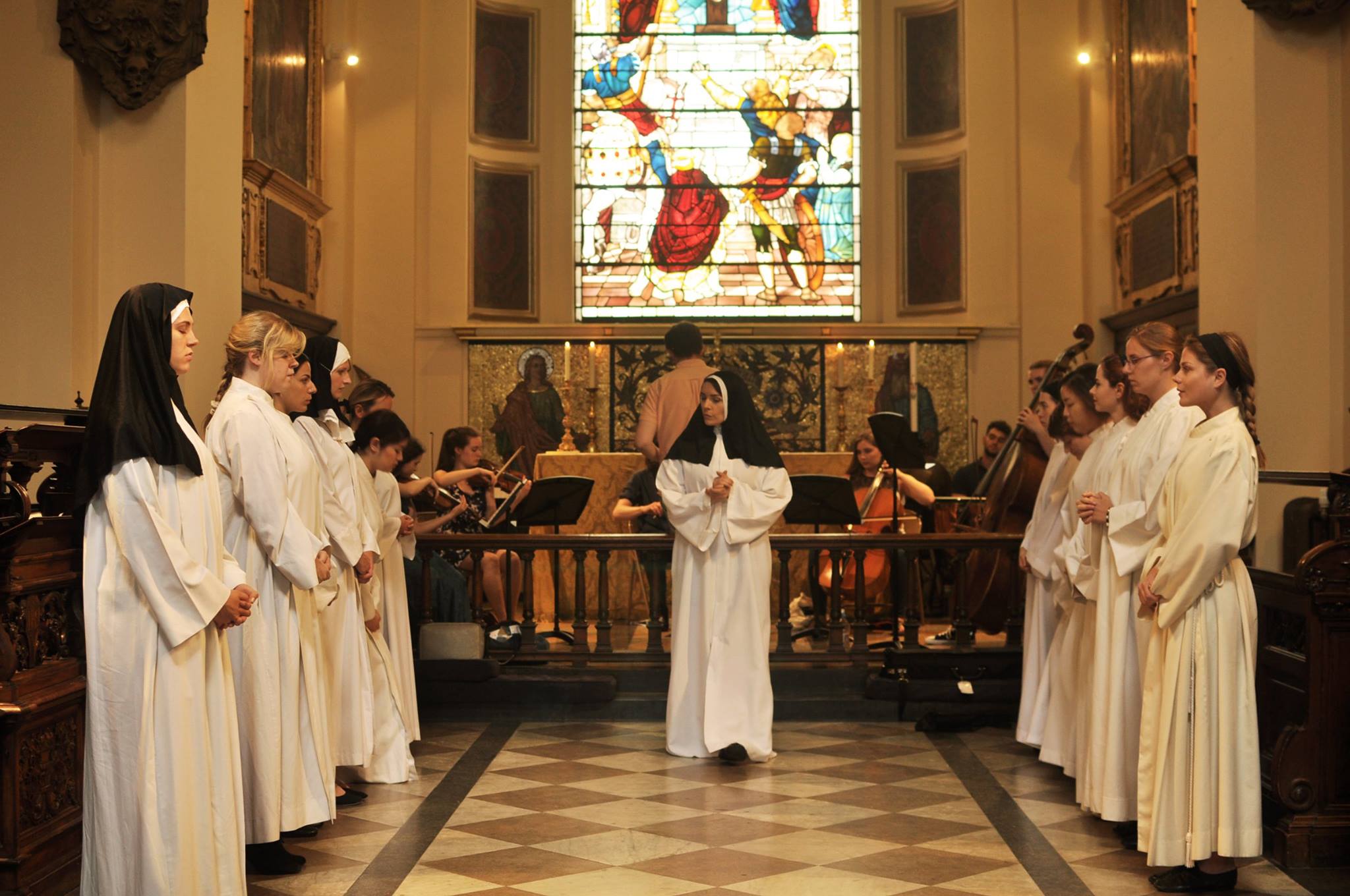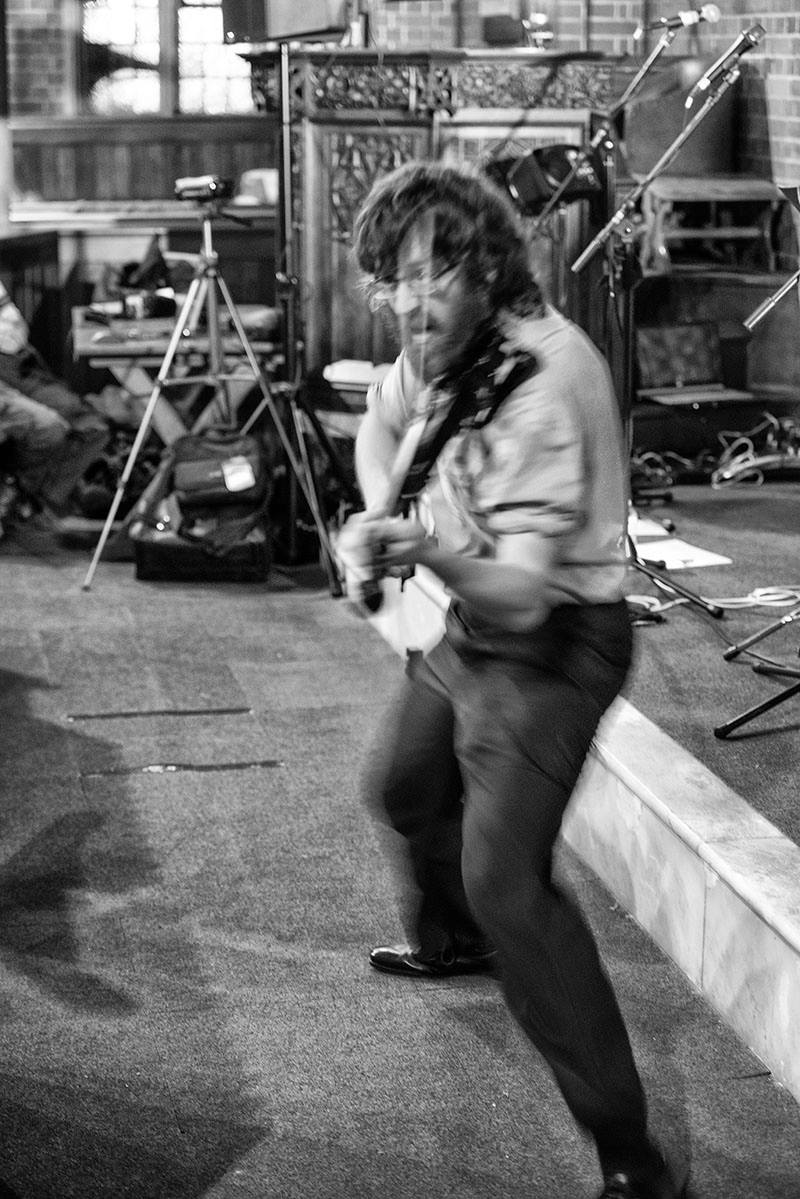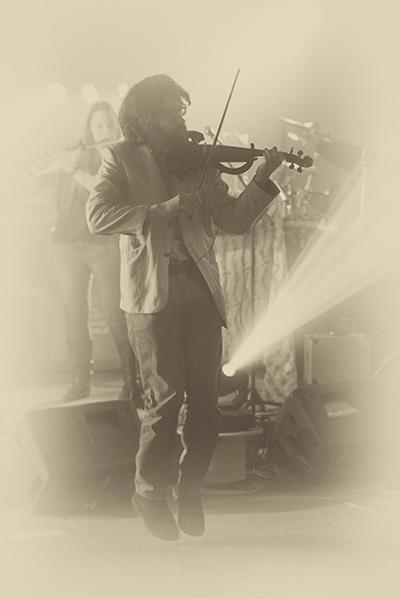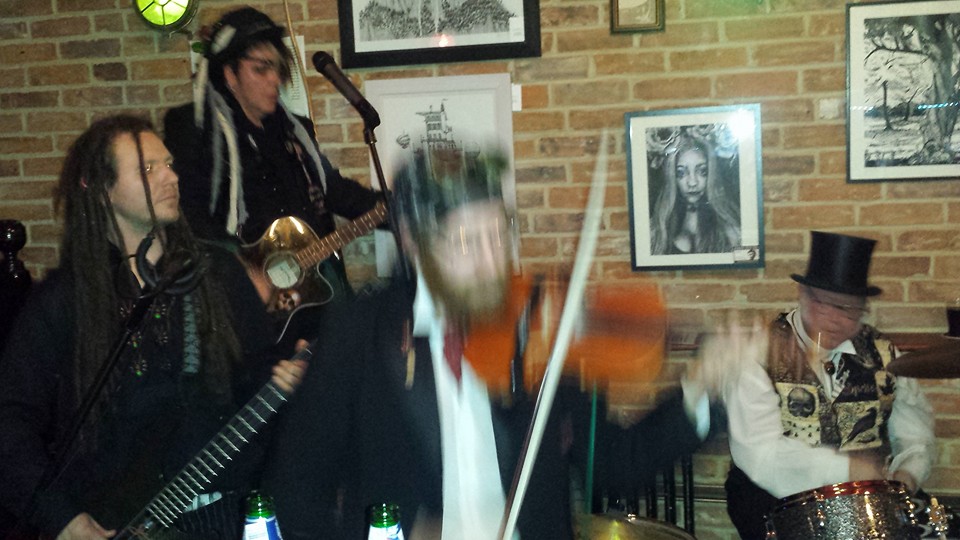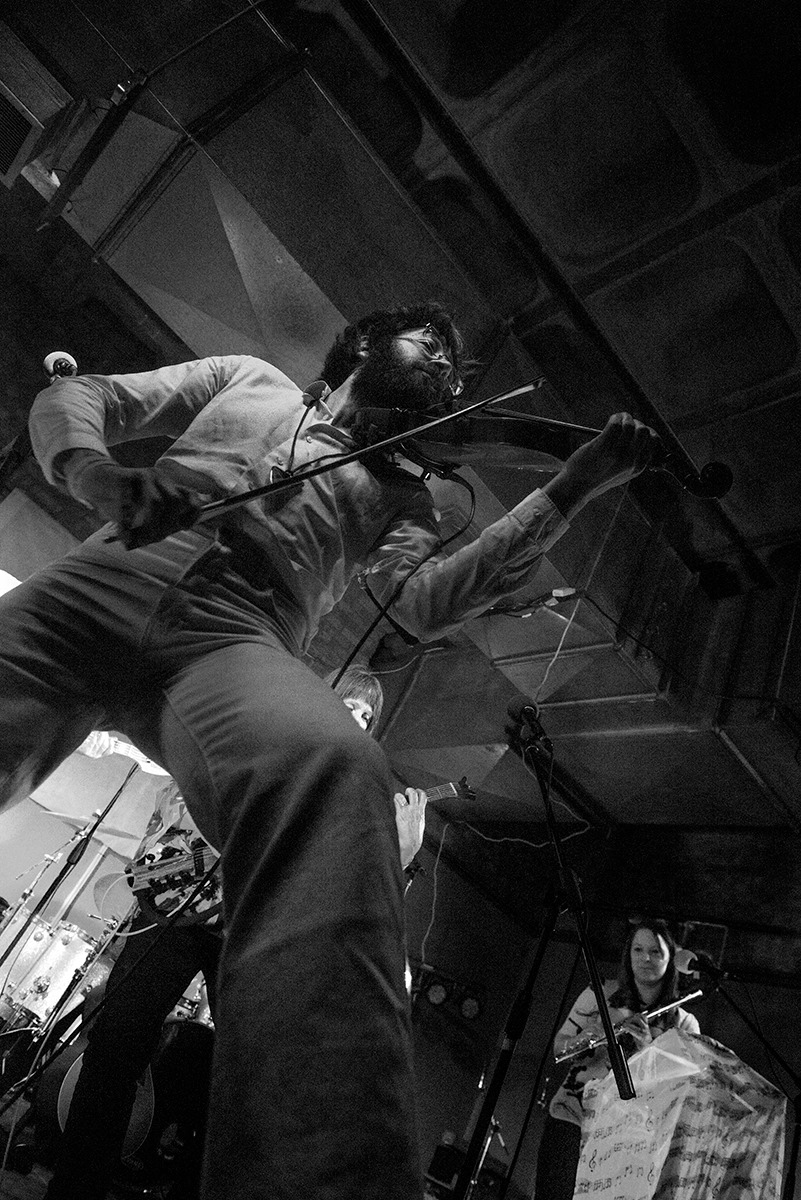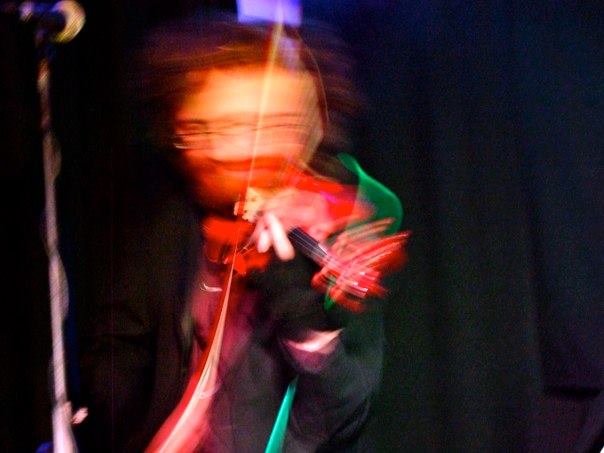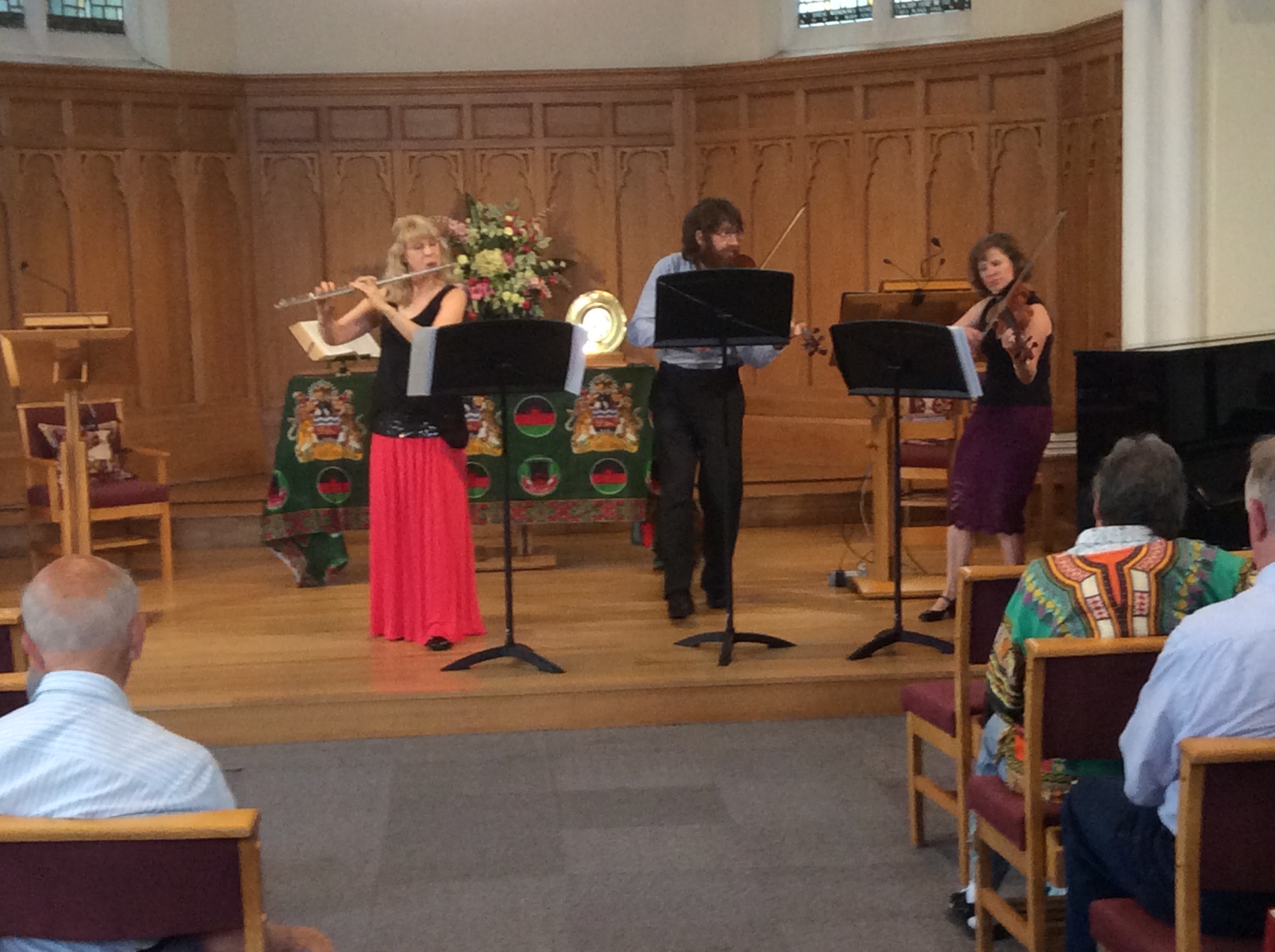The last week of July saw me in one of my less frequent roles: musical theatre pit musician. This also, incidentally, followed upon the switch from a few weeks crammed with viola work (see the last few posts, apart from the immediately previous one) to a month or so of only performing on violin – mostly band gigs, but also this stint playing for Oliver! in an amateur production at the Margate Winter Gardens. (If you’re wondering how that was a practical proposition, Stevie’s uncle owns a maisonette in Broadstairs which the family pretty much share, so we moved there for a week. I did have to take desk work to the nearest hotel with WiFi almost every day though!)
Reductions in band scoring are normal for amateur musicals (by the way, so is paying the band – there is a genuine circuit of people earning money from playing for am dram … ), for reasons of space, money or ability to find the requisite players. In this instance, the parts hired proclaimed themselves the ‘combo version’, which still would have required something like a dozen players to follow in full, about the size of most amateur pit bands. We dispensed with second percussion, merged the remaining percussion and second keys onto one player (who therefore had as much gear in the pit as any other three players put together) and did without oboe and bassoon – still leaving flute/picc, clarinet/bass clarinet, horn, trombone, violin, cello, bass guitar, piano and the aforementioned percussion/keys doubling. One of the first and most striking things there is that it sounds more like a pocket orchestra, where most musicals are scored more like a slightly transmogrified big band, with a backbone of saxes (albeit doubling everything under the sun), trumpets and rhythm. This corresponds mostly to the difference in sound of the score, and in an orchestration making a big deal of being reduced, it was quite odd as a violinist to find myself mostly either doubling the tune or doing off-beat ‘plonks’ in oom-pah texture, with the occasional sustained line in held chords. Having been in orchestral mode recently, it felt almost wasteful of a line.
Be that as it may, the main challenge for me (apart from a leaning to D flat major in the opening few numbers and some inconvenient double stops that were clearly the result of reducing the scoring from a true string section) was something rather different. I didn’t know Oliver! that well – I’ve seen it, as a child, and of course you think you know the big songs, but in my case mostly that means knowing the tunes. I’d completely forgotten that the verses of ‘Reviewing the Situation’ are punctuated by violin cadenzas, until I got that far through the part in the band call (fortunately about a week before opening!). Now they’re not impossibly difficult, and they’re quite short, but of course they’re totally exposed – perhaps all the more so for being in a miked band. (In my case actually using the Fishman pickup that’s still attached to the acoustic violin, which the sound engineer was very happy about – another unexpected justification for the apparently unnecessary situation of a pickup on my acoustic instrument when I have a perfectly viable electric one.) And they do run very high, particularly the middle one of the three (just over three octaves above middle C, which is a register I don’t use much now most of my classical playing is viola!).
However, most of you know my tendencies by now; once I had done a couple of hours’ solid work to get them under my fingers, my instinct was immediately to show off a little. Partly by making them more ‘expressively’ virtuoso-sounding (without actually changing any notes; cheap musical tricks really). But what I gradually realised through the dress rehearsals and first couple of performances is that there is no particular dramatic function to these musical interludes; rather than responding to dialogue or stage business, they actually tend to require some kind of stage business to cover them up or respond to them.
In the midst of a mostly evidently amateur production, Fagin was being played by one of two career professionals on board; he and the director between them had gone for a fairly full-blown comic through the fourth wall approach here, with him going to do something or other and then turning round in puzzlement at the noise, checking his ears, etc. Of course this wasn’t reliant on the exact length of the cadenzas. So I started stretching out the last one with improvisation. Not too much, but just teasing things a little. I could be heard and seen from the stage quite clearly (the ‘pit’ was actually a roped-off section of the floor in front of the stage, not sunk), and if I didn’t have to face sheet music, or a conductor, or a microphone, could turn and see most of the stage myself quite comfortably to, so conditions were safer than it sounds for collective improvisation. On the last night (it wasn’t a long run, remember), I went as far as daring to make it sound like I had finished (by this point, Fagin had been doing the universal circling finger sign language for ‘keep going’) – and then cutting him off with one more phrase as he went to start the last verse. Cue mock-angry flounce. Perfect.
What’s remarkable about this is Fagin and I didn’t discuss it (though the MD did egg me on a bit!), until I thanked him for putting up with it after the last show. It was just one of those performance things that seemed quite natural (and I suspect most productions do something similar at some point, though I have no direct evidence for that). When I did thank Fagin, his response was a perfect example of how performers come to see their work as almost language, inasmuch as his response (clearly I hadn’t got on his nerves, good thing too!) was to thank me for ‘some good banter’. Yep, banter in the form of violin playing. A concept followers of The Filthy Spectacula and Kindred Spirit will probably associate with me only too easily …
